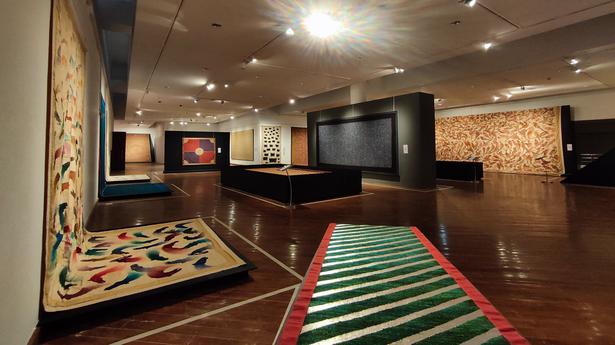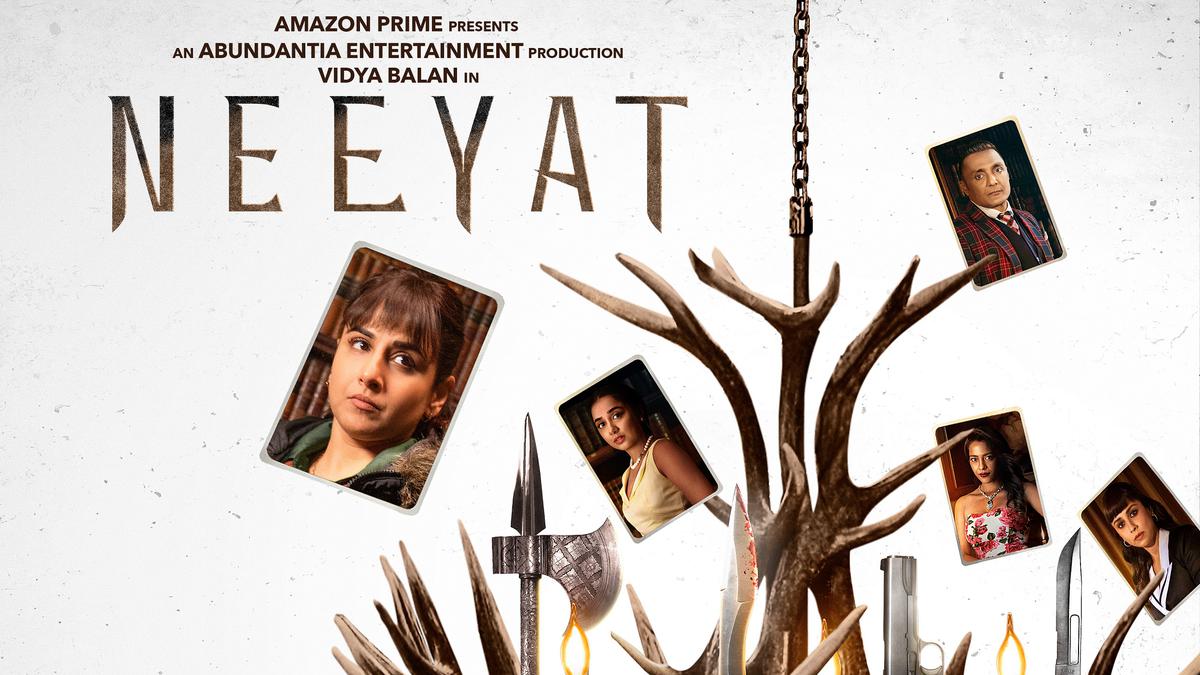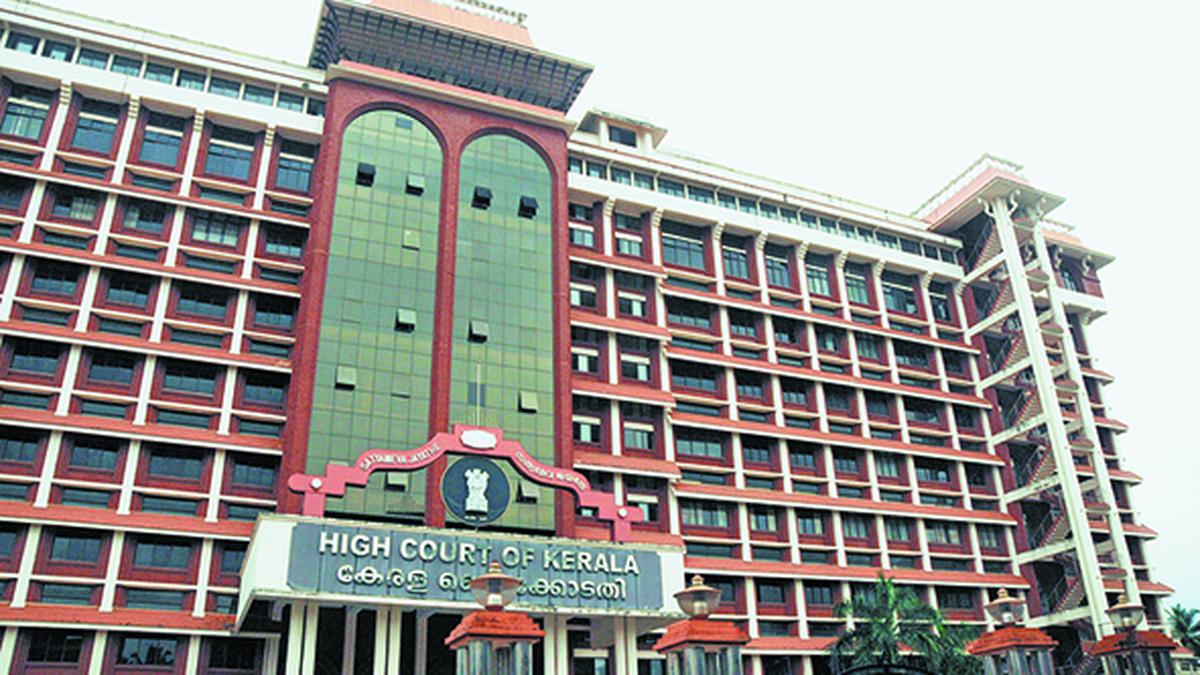A curated version of the iconic exhibition from the 1980s is on at the NGMA in Bengaluru, with the focus on craftsmen and weavers
A curated version of the iconic exhibition from the 1980s is on at the NGMA in Bengaluru, with the focus on craftsmen and weavers
In 1982, India launched an ambitious ‘Festival of India’, which highlighted Indian textiles and crafts, at the Royal College of Art in Britain. The following year, in 1983, then cultural czarina, Pupul Jayakar, and her protégé, Martand Singh (both part of the organising committee), brought the exhibition to New Delhi. Titled ‘Visvakarma’, after the god of craft, it included most of the 280 works originally sent to the U.K. “India had never seen anything like it,” says Chennai-based textile expert, Gita Ram. “They pushed the boundaries of what was possible; it was a resurrection, a renaissance, for Indian textiles.”
What was cool (if you happen to be from Tamil Nadu) was that 50% of the ‘Visvakarma’ exhibit was dedicated to ‘Pudu Pavu’, or textiles and weaves from the State. The remainder included the rest of the country. Gallerist and curator Sharan Apparao recalls buying “a lovely Sikalnayakanpet sari from the Pudu Pavu” exhibit, and a kanjeevaram made by master weaver, Krishnamoorthy. She also owns drawings created by Adimoolam for this “path-breaking project”.
Seen in the light of history, what was the trickle-down effect of ‘Visvakarma’ and its creators, Jayakar and Singh? Well, that depends on who you ask. “They put the spotlight on artisanal products, but did not acknowledge the artisans,” says Uzramma, a textile expert based in Hyderabad.
Susan Thomas (in the white sari) with the bird tapestry and the pitambari yellow paithani
| Photo Credit: Sanjeev CM
Elevating textile into art
A new exhibit at the National Gallery of Modern Art (NGMA) in Bengaluru attempts to correct this perception. It is focusing on the craftsmen and the weavers, and elevating their creations to the realm of art. Titled ‘Vignette: Visvakarma Textiles: Art & Artistry’, the exhibit is a collaboration between the National Institute of Fashion Technology (NIFT) and the NGMA.
“We were thinking of ways to commemorate our silver jubilee year [2022] and honour the creation of NIFT,” says NIFT director, Susan Thomas, whose brainchild this is. “So, we chose 25 works from the original ‘Visvakarma’ exhibition with the intent that they be viewed as works of art, which they are. The focus was on pieces that have an interdisciplinary character.”
It was a year-long exercise. The original textiles are spread across museums and Weavers’ Service Centres (set up by Jayakar in the 1950s), mostly in Delhi and Mumbai. Thomas and her team made several trips to the metros, before whittling the selection down to 25. Thomas talks about sitting on the floor with her team to hand-stitch certain fabrics to fit them into the space because you cannot run them through sewing machines.
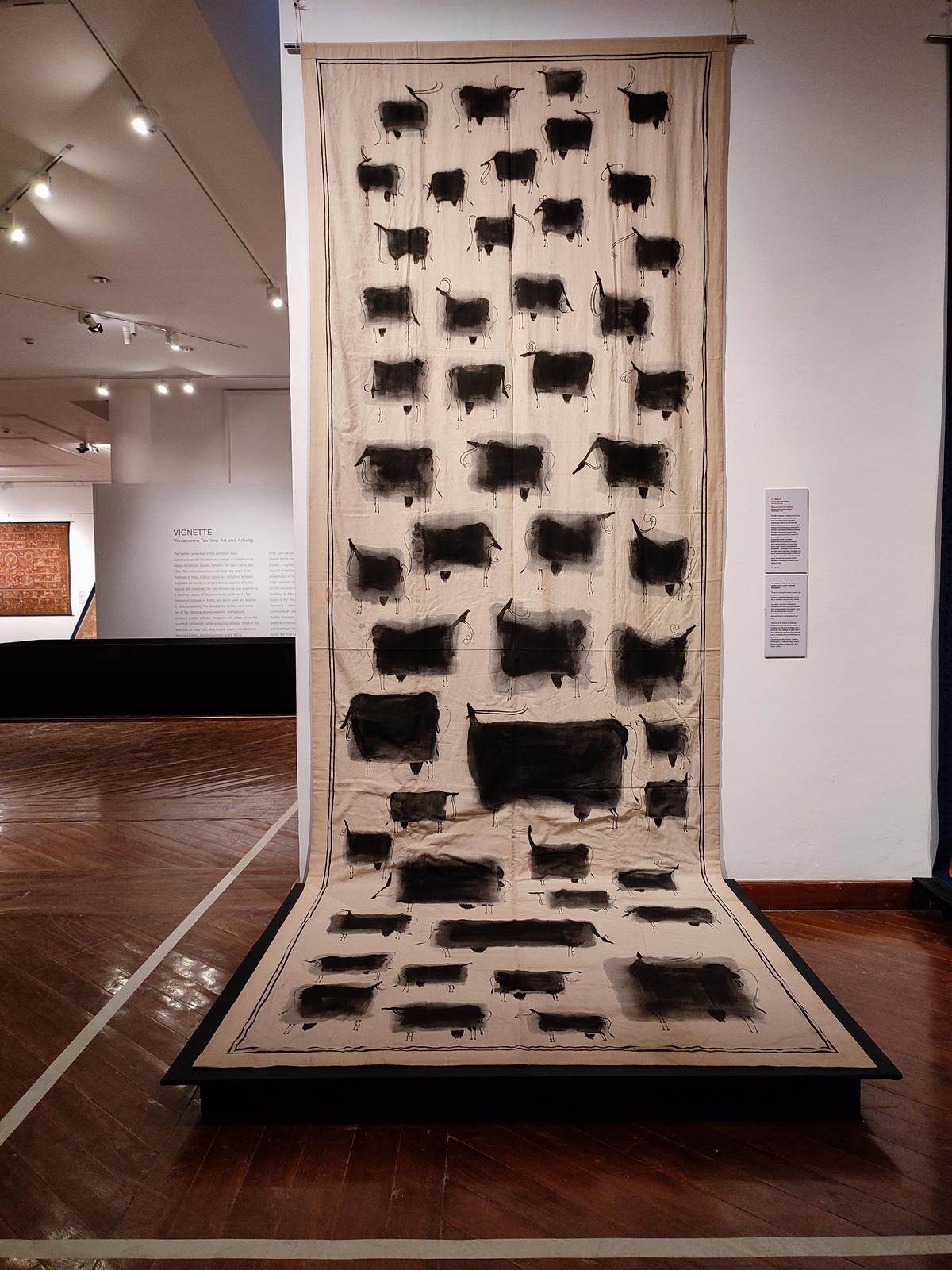
One of the exhibits at the NGMA — bulls with their bodies created as a flat wash and the horns delicately dye-painted with a brush
| Photo Credit: Sanjeev CM
Such exhibitions have been mounted before, including one in 2018 in the Crafts Museum in Delhi. But what makes the NIFT curation special is the thematic presentation: one that embraces geometry and nature and the push to view the weaves as art. Moreover, the Weavers’ Service Centres are (and have always been) the unsung heroes in conversations around weaves. ‘Vignette’ wants to highlight “the stupendous work of the centres as opposed to the personalities around ‘Visvakarma’,” says Thomas.
All the exhibits are stunning, and some change the paradigm of what is possible with weaves. There is a lovely paithani in a yellow pitambari colour, a morkuti pichhavai which takes its name from a Vraj village where Krishna is said to have danced like a peacock for Radha. There are also freehand drawn textiles and fine kalamkari. The pièce de résistance is a giant tapestry that is an ode to Salim Ali, the late bird man of India. It is a woven representation of many of the birds showcased in his Book of Indian Birds.
Chasing goosebumps
Mapping and documenting Indian craft began with Jayakar and social reformer Kamaladevi Chattopadhyaya. Their writings on Indian crafts were path-breaking given that we are mostly an oral culture. In 1976, Chattopadhyaya wrote the book, The Glory of Indian Handicrafts, followed by The Earthen Drum by Jayakar in 1980, which focused on rural rituals. Later, Rta Kapur Chishti and Martand Singh travelled the length and breadth of India to document its textile traditions. All of this came together as the ‘Visvakarma’ exhibits.
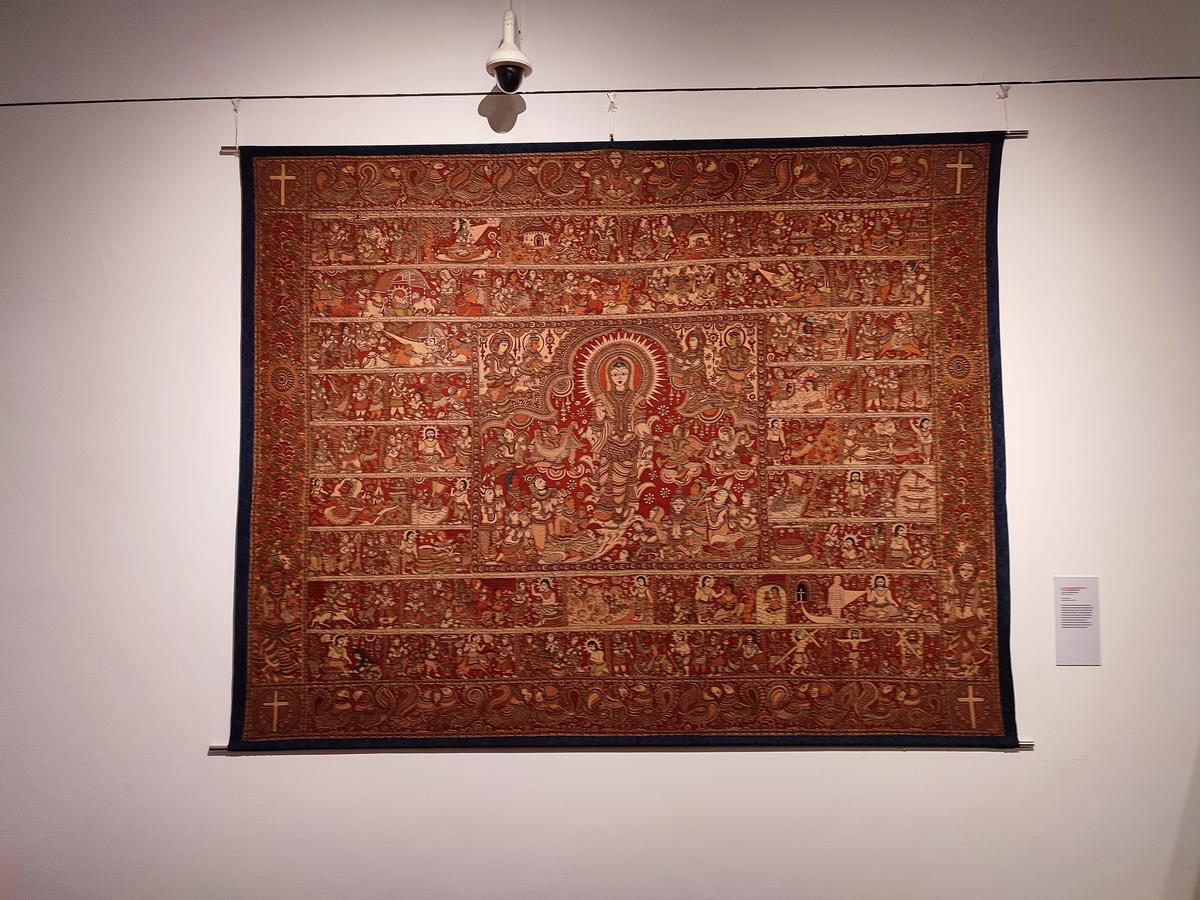
A narrative rendering of Buddha’s stories in kalamkari
| Photo Credit: Sanjeev CM
The name comes from an influential paper written by scholar Ananda Kentish Muthu Coomaraswamy in his book, The Indian Craftsman, published in 1909, and his later essay collection, The Dance of Siva, published in 1918. In his essays, Coomaraswamy shared what every Indian weaver or artisan intuits: “The Indian craftsman conceives of his art, not as the accumulated skill of ages, but as originating in the divine skill of Vishwakarma and revealed by him.” This is in stark contrast to the western mind, which elevates human creators, and also in opposition to today’s celebrity culture that promotes individuals rather than their art.
Read | How Hyderabad-based Chitrika is reimagining handlooms for the young
Whether you view weavers as makers or mediums, the creations at the NGMA grab one’s attention all on their own. Catch master craftsman Kailasam’s artistic kalamkari works and the variety of block-print designs that are documented on cloth. In Indian aesthetics, it is said that when the rasika encounters and enjoys art, they experience ‘ roma-harsha’ (goosebumps). This exhibit provides many such encounters.
The Vignette: Visvakarma Textiles: Art & Artistry exhibit is on at the NGMA Bengaluru till September 17.
The writer is a Bengaluru-based journalist and author.


